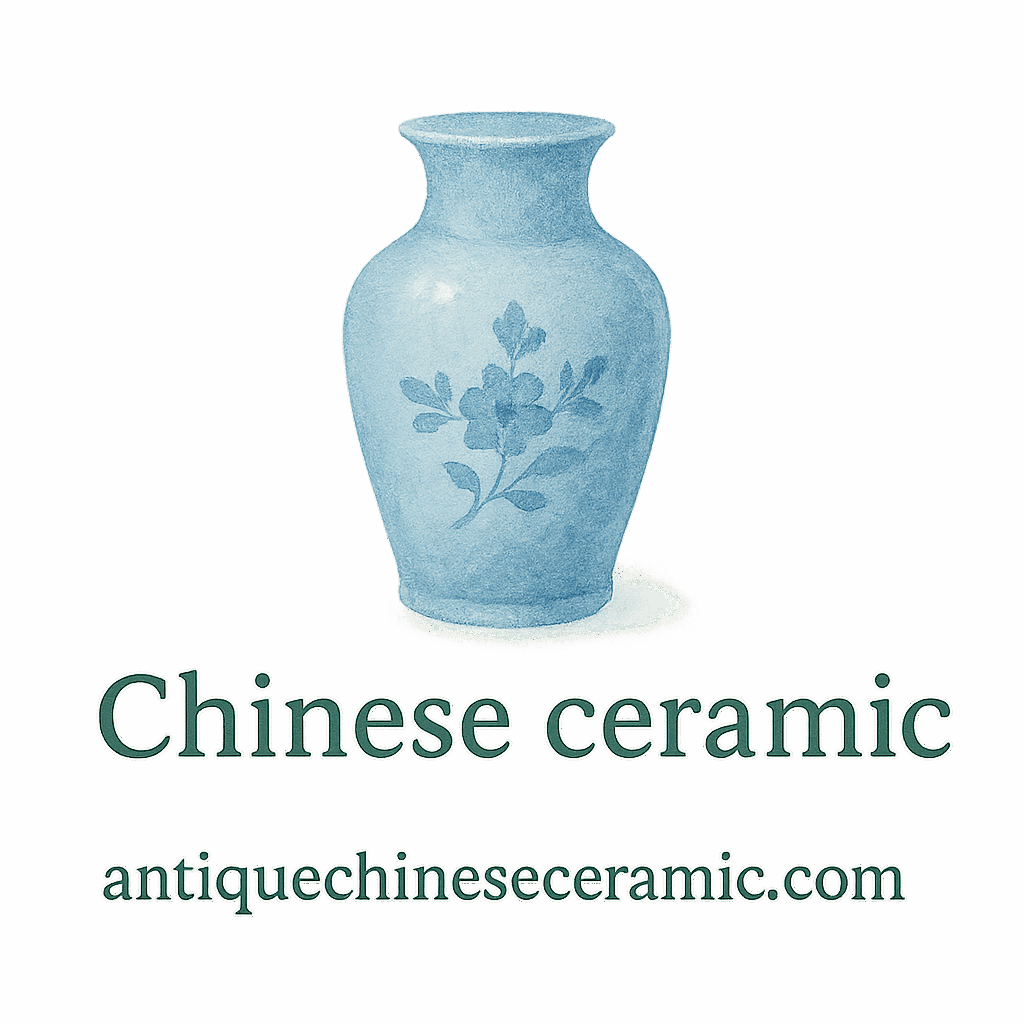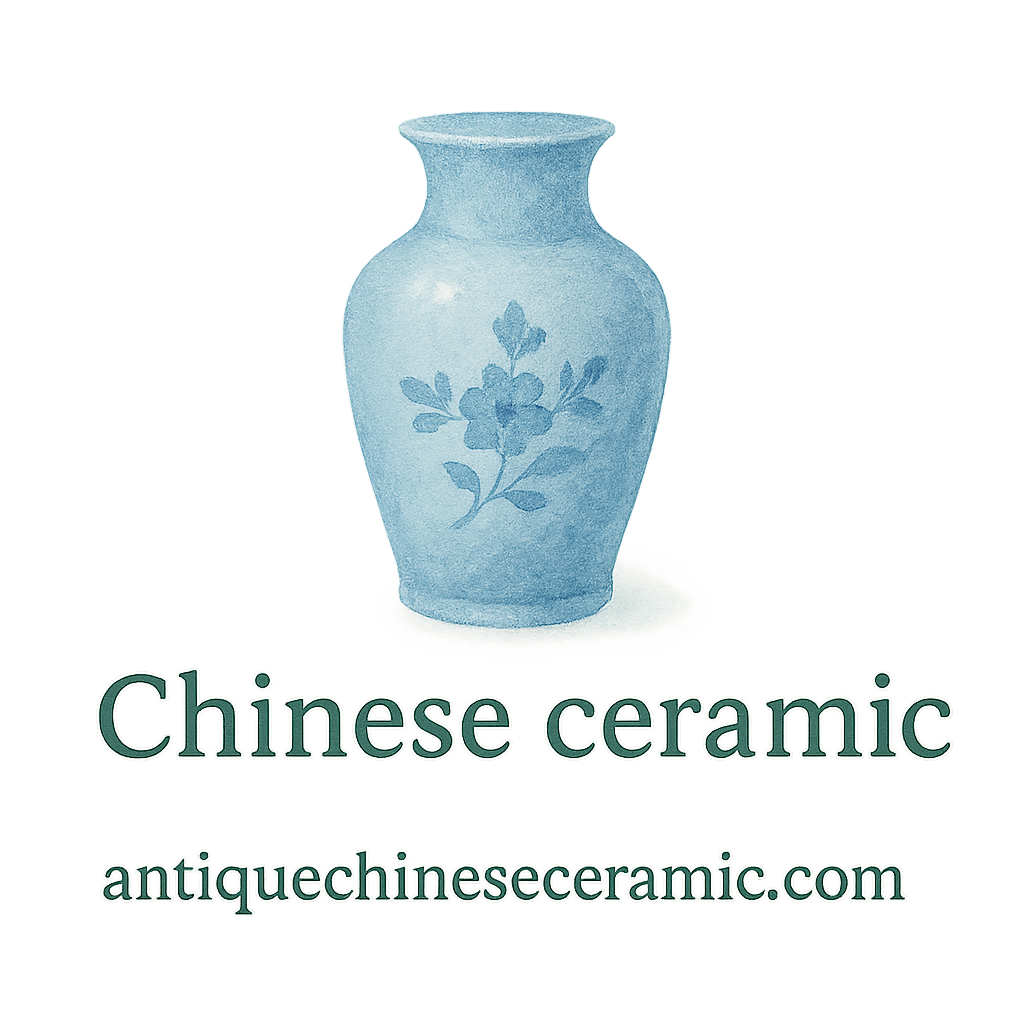Introduction to Negotiating Antique Ceramic Prices
Ever walked into an antique shop, fell in love with a gorgeous porcelain vase, and then froze at the price tag? You’re not alone. Whether you’re a first-time buyer or a seasoned collector, knowing how to negotiate the price of antique Chinese ceramics can save you a fortune—and give you bragging rights for snagging a great deal.
In this guide, we’re diving into five actionable, expert-backed tips that will not only help you talk the talk but also walk away with your next prized piece at a fair price. Let’s get into it!
Understanding Antique Chinese Ceramics
A Brief Historical Perspective
Antique Chinese ceramics aren’t just old dishes—they’re snapshots of ancient culture, artistry, and imperial legacy. From the Tang dynasty’s earthenware to the blue-and-white porcelain of the Ming dynasty, each piece tells a story.
Want to know more? Check out this deep dive into the history of Chinese ceramics to better understand what makes these items priceless.
Major Chinese Dynasties and Ceramic Styles
Some of the most coveted styles come from the Song, Yuan, Ming, and Qing dynasties. Each dynasty brought its own techniques, materials, and artistic expressions that are still recognizable today.
Explore more: tag/dynasties
Common Ceramic Types and Their Features
- Celadon – Recognizable by its jade-like glaze.
- Blanc de Chine – Known for its creamy white finish.
- Famille Rose and Famille Verte – Colorful enamel pieces from the Qing dynasty.
Explore tag/ceramic to learn about more styles and techniques.
Why Antique Chinese Ceramics Are So Valuable
It’s not just age that determines value—it’s craftsmanship, rarity, condition, provenance, and even surface details. The top-tier pieces have survived centuries of wars, weather, and trade routes.
Want a deeper understanding? Check out the valuation section.
Tip #1: Do Your Homework First
Learn About Ceramic Styles and Eras
Before you even think about negotiating, you need to know what you’re looking at. Dive into collecting resources or browse tags like antique and heritage to see how experts evaluate pieces.
Use Trusted Resources for Research
Don’t just rely on seller descriptions. Use museum databases, books, and articles from reputable sites like antiquechineseceramic.com.
Want a timeline overview? tag/timeline
Tip #2: Master the Art of Identification
Understand Key Markings and Signatures
The base of a ceramic piece often reveals a lot: dynasty reign marks, studio stamps, or even imperial symbols. Knowing what these marks mean can instantly tell you whether it’s a treasure or a replica.
Explore the full identification guide.
Use Tools Like UV Lights and Magnifiers
UV lights can highlight repairs or modern paint jobs. Magnifiers reveal brush stroke patterns and glaze consistency that indicate authenticity. Pretty cool, right?
More to Explore:
- tag/detail
- tag/methods
Tip #3: Assess the Value Like a Pro
What Appraisers Look For
Professional appraisers examine the condition, rarity, glaze quality, and provenance. Learn more from our section on valuation and appraisal.
Online and In-Person Appraisals
Sites like antiquechineseceramic.com offer valuation tips, and you can also visit certified antique dealers or museums for a second opinion.
Explore related tags:
- tag/valuation
- tag/quality

Tip #4: Use Negotiation Tactics That Work
Ask the Right Questions
Don’t jump straight to the price. Ask:
- How long have you had this piece?
- Any documented history?
- Has it been restored or repaired?
If you notice surface wear or glaze cracks, use those as bargaining chips. For more on evaluating condition, check tag/surface.
Don’t Be Afraid to Walk Away
Sometimes, walking away is the best tactic. Most sellers expect a little back-and-forth. If they see you’re not desperate, you gain the upper hand.
Browse negotiation opportunities in auction settings too.
Tip #5: Ensure Long-Term Care & Storage
Use Proper Storage Methods
Antiques hate humidity, heat, and careless handling. Always use padded boxes and store in climate-controlled environments.
Learn more on storage techniques.
Handle and Clean With Care
Avoid harsh chemicals. Use microfiber cloths or cotton gloves when cleaning. For more details, visit the care & preservation guide and explore:
- tag/cleaning
- tag/preservation
- tag/safety
Final Thoughts
Negotiating the price of antique Chinese ceramics isn’t about being pushy—it’s about being informed, respectful, and strategic. When you combine knowledge with people skills, you’ll find that doors open, prices drop, and opportunities multiply.
And remember, the true value of an antique isn’t just its price tag—it’s the story, the craftsmanship, and the history it brings into your home.
Explore more: antiquechineseceramic.com
FAQs
1. How can I tell if an antique Chinese ceramic is real?
Look for dynasty marks, glaze texture, brush strokes, and signs of age. Consult the identification section.
2. What’s the safest way to clean antique ceramics?
Use a dry microfiber cloth and avoid water or chemicals. Visit the care guide for tips.
3. Are online appraisals reliable?
Yes, if from reputable sources. Always compare results with in-person opinions when possible. See valuation tips.
4. How do I store valuable ceramics safely?
Use acid-free tissue, padded containers, and a stable environment. Visit storage tag for expert advice.
5. Should I negotiate during auctions too?
Yes, but strategically. Research and set a max bid limit. For strategies, browse auction tag.
6. What are the most collectible Chinese ceramic types?
Famille Rose, blue-and-white porcelain, and imperial kiln pieces are highly sought after. Explore collecting insights.
7. Where can I learn more about Chinese ceramic history?
Visit the history section and explore timelines, dynasties, and more.


